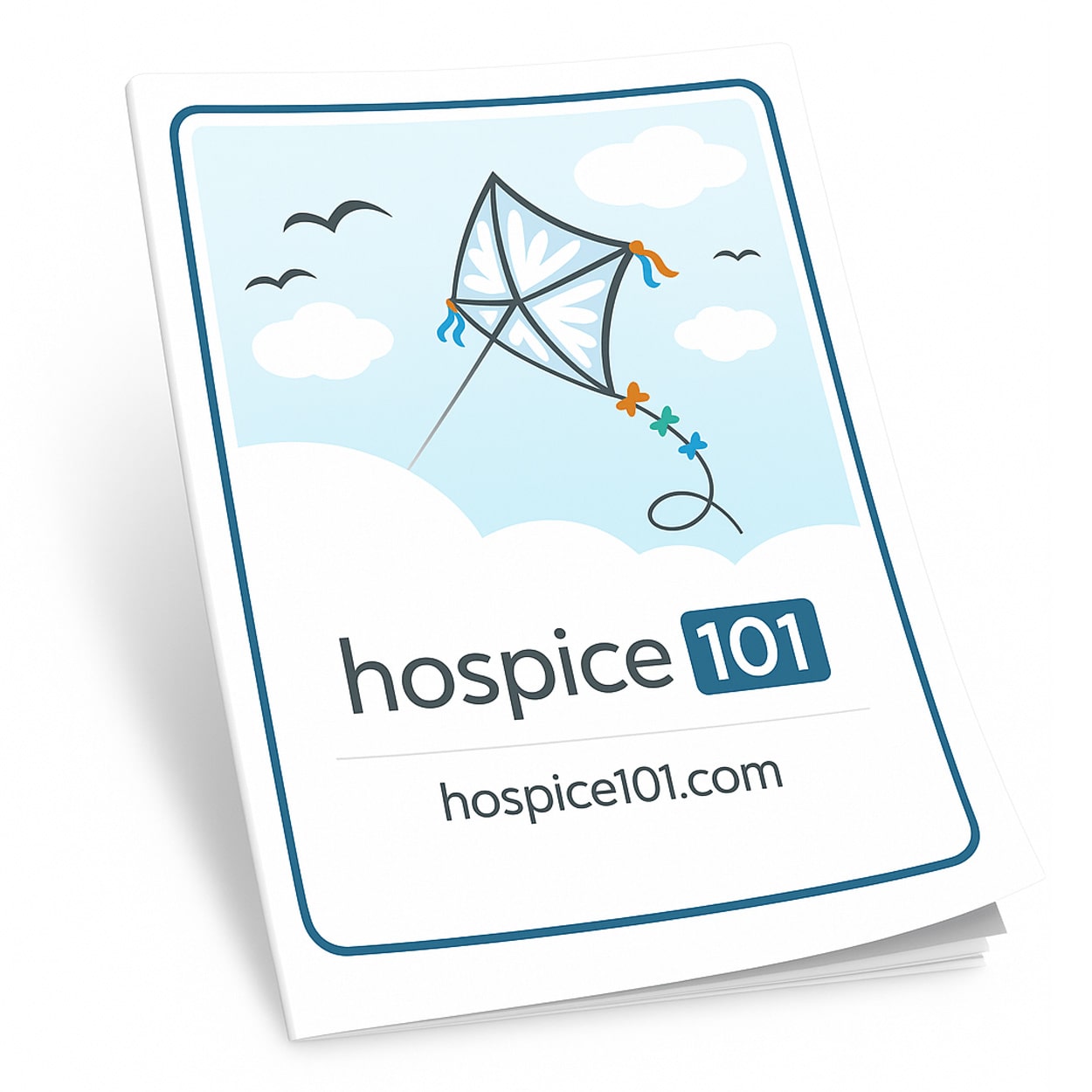Caring for Someone Receiving Hospice Care
When caring for someone in hospice, you’ll share in a rollercoaster of emotions with your loved one as you both move through good days and not-so-good days. The experience of dying is unique to the individual. For the caregiver, the experience may be overwhelming at times, but it can also be rewarding to support your loved one in their last season of life. Hospice care helps you do so.
What are the expectations of a caregiver?
As the caregiver, you’ve taken on a significant role to support your loved one at the end of their life. This support may last a couple of days or it may extend through many months. Your role is to meet their needs, to be their voice, their hands, their advocate.
What changes might I see in my loved one?
You may see physical and mental changes in your loved one in hospice care. These may include the following:
- Appetite. At some point, it's expected that your loved one will have little to no appetite. People receiving hospice care should never be forced to eat. They are not dying because they are not eating. They are not eating because they are dying.
- Body Temperature. The body and brain will have a hard time regulating temperature. It's not uncommon to see changes in skin color as the body attempts to regulate temperature.
- Breathing. It's normal for changes in breathing patterns to occur. Your loved one may feel like they have a hard time catching their breath. Supplemental oxygen and medications can provide comfort.
- Confusion and Disorientation. Your loved one may become confused, not knowing the time of day, or they may see or talk to people who are not in the room or say things that don’t always make sense in context. Don’t be alarmed. This is part of the process. Sometimes it’s best to allow your loved one to experience these things. If such events cause your loved one stress or discomfort, reach out to the hospice team for possible treatments to help alleviate anxiety.
- Eliminating. Incontinence is common for people in hospice care as they lose control of their bladder and bowels. Some may need to wear briefs and be cleaned and changed regularly. Expect changes to the frequency, quantity, color and smell of eliminations as food intake declines. Some medications and the lack of mobility can also cause constipation. It’s good to keep a written record of bowel movement frequency and notify the hospice nurse of any changes. Be aware that incontinence can cause anxiety or embarrassment for your loved one.
- Mood and Withdrawal. It's common for people receiving hospice care to be in a withdrawn state. They may sleep more than they are awake. Withdrawal is a natural part of the dying process. If you believe anxiety or depression is a concern, speak with the hospice team about available treatments.
- Nausea and Vomiting. Other common symptoms are nausea and vomiting; however, there are many effective medications to help address these symptoms.
- Pain Level. Pain management is a large part of hospice care and what the hospice team is trained to address. Many medications used in hospice care can be scary and have a stigma attached. It’s never the goal of hospice to sedate a patient, but during these times medications may be needed to help ease symptoms. It’s always the goal to keep the person receiving care as comfortable and alert as possible.
What does a typical week look like when caring for someone in hospice?
In addition to making sure your loved one is safe in the care environment, you will focus on ensuring their comfort. This involves:
- Medications – learning what medications to use, when to use them and the proper dosages to administer. Talk with the hospice team if medications are not effective at keeping your loved one comfortable.
- Feeding – preparing meals and assisting with feeding. At some point, soft or pureed foods may replace solid foods to meet swallowing needs.
- Personal hygiene – helping with maintaining your loved one’s overall cleanliness, including wound care, nail trimming, shaving, toileting and brief changes. The hospice team will offer help or training to manage personal hygiene needs.
- Hospice care team visits – staying up-to-date during hospice team visits on any changes to the care plan to understand your role in those changes.
- Visitation of family and friends – helping to create opportunities for visits.
What if I need to step away from the caregiving role for a while?
Life events—such as weddings, vacations and business trips—are sure to continue to occur, as is the need for self-care. Respite care is an option, where your loved one can be looked after in a facility, such as a nursing home, hospice in-patient unit or hospital. This allows you as the caregiver to step away from your role for a short period of time. Reach out to your hospice provider to find out about covered respite care options.
Are there resources for caregivers?
Sometimes the timeframe for caregiving is unknown, and caregivers may reach a point where they feel isolated and fatigued. Even though time with your loved one may be shortened, it’s still important to take care of yourself. Getting enough rest, eating well and delegating some responsibilities are just as important as caring for your loved one.
If you feel as though you would benefit from additional support, speak with your hospice social worker, who may be able to refer you to services through the hospice, local faith-based organizations or private
support groups. ■
